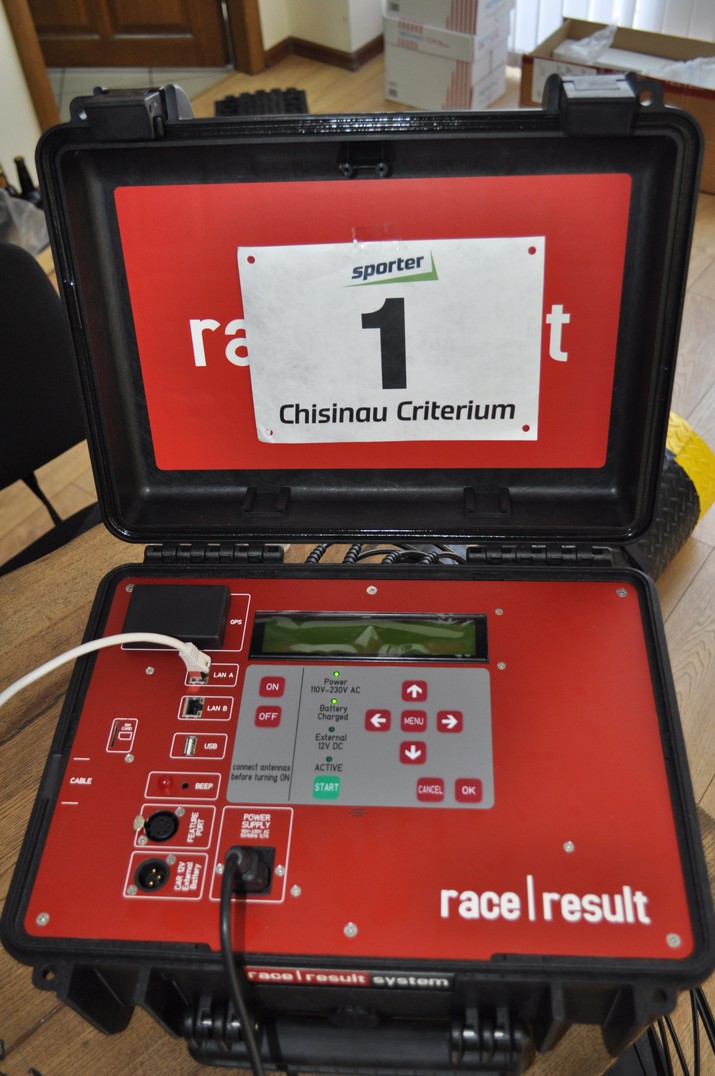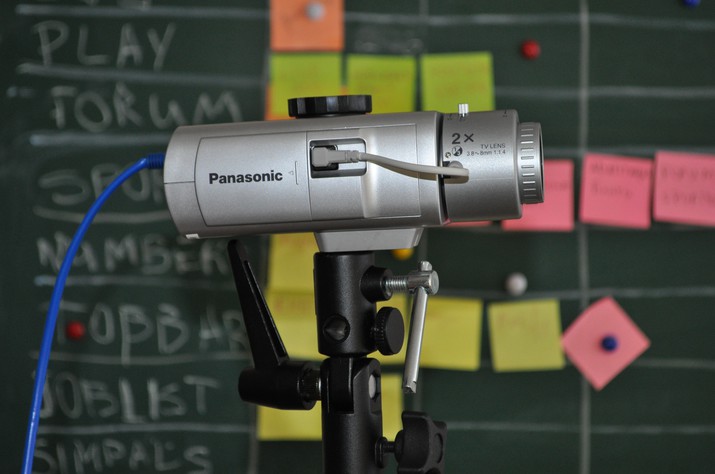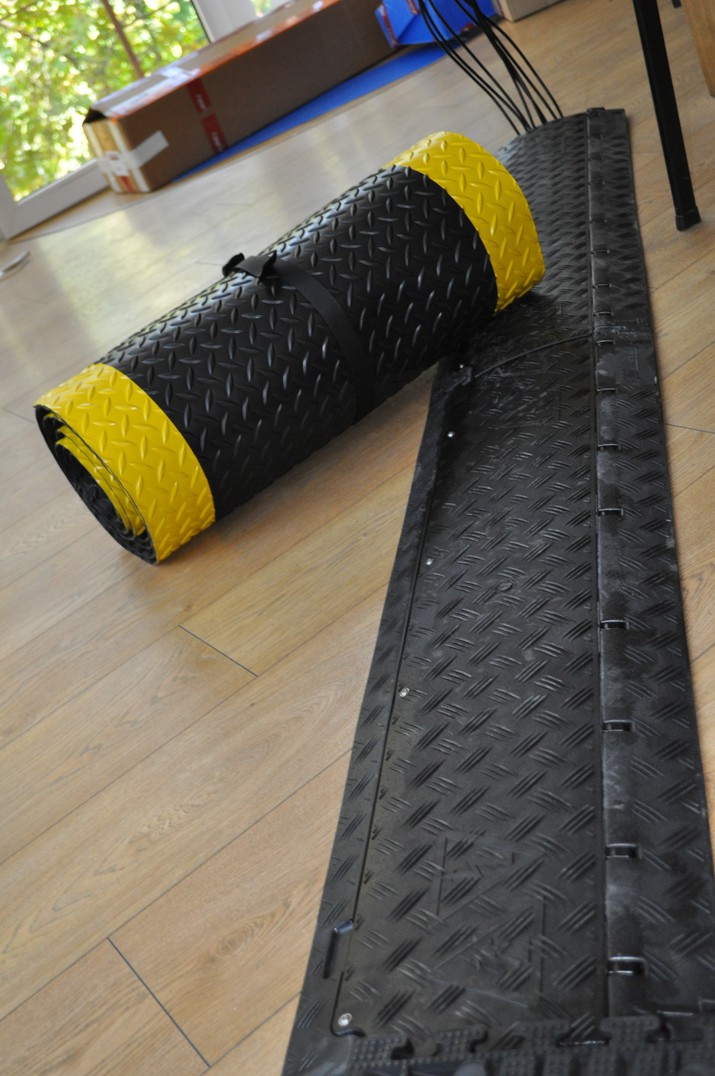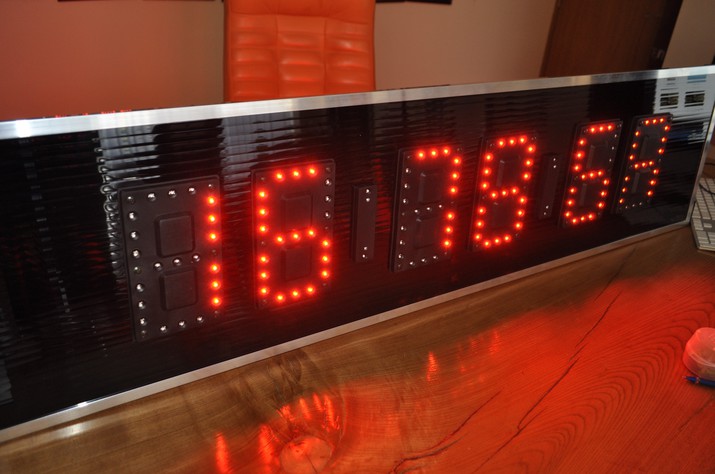
On September 21, for the first time in Moldova professional timing system will be used at the bicycle race Chisinau Criterium-2014! This equipment has been purchased by the company Simpals for the next Sporter Weekend and can be used for other large-scale events.
Electronic timing systems are an integral part of all modern sports competitions, because manual timing is only accurate to tenths of a second and the precision of results depends entirely on the official. Today manual timing is only an additional component of modern timing systems which display accuracy beyond one hundredth of a second.
The various types of timing equipment can be divided into three categories: passive elements, photo finish and transponder systems.
Passive elements– the starting gate, finish gate, digital displays.
Transponder timing is a technique for measuring performance in sport events when each athlete receives an electronic tag. A transponder is a small wireless device that emits a unique code that is detected by radio receivers located at the strategic points in an event.
Photo finish is a system which determines finishing times with the help of a camera synchronized with the central timer started by the sound of the starting gun. These systems are really significant in a mass start or pursuit race as the photo allows to determine the exact crossing time of any racer. No other device can do it. Therefore, the photo finish is usually an integral part of large combined systems.

In general, all modern automatic timing systems combine manual timing done by the judges with high-precision starting and finishing elements, photo finish and transponder subsystem that allows to determine split times over the course of the race.
How does the timing system work?
The main component of this system is a small electronic chip with a unique identification code of the participant. This chip can be used under all weather conditions, wet and dry, cold and hot.
There is no battery inside the chip, it’s “passive”. The chip is activated and becomes the transmitter only after getting into the magnetic field of the system. While in the area of the antenna built-in into the mats at the start/finish line and checkpoints, the chip sends a signal, reporting its own unique identification code. This code is received by a decoder which records personal time of the participant.
The decoder converts and transmits the information for further processing into a computer which verifies the marks of each chip at the start/finish line and all checkpoints. If it’s confirmed that the participant covered the entire course, his result is displayed in the official final protocol.

What are the advantages of an automatic timing system?
– registration of participants: creation of a database by assigning each participant a unique identification code corresponding to the issued electronic chip;
– creation of a database with race results available online, preparation of protocols for printing, data processing for printing diplomas with personal results of the competitors;
– quick and accurate race results of each participant;
– race results are displayed on the website of the organizers and available for a wide range of users (judges, journalists, reporters, Internet users, etc.);
– net time: the system records personal time of each participant from starting line to finish line;
– split times recorded at checkpoints;
– “Free” finish – no restrictions prohibiting movement in special corridors near the finish line;
– the opportunity to use the system for mass start races in various disciplines (running, triathlon, cycling, mountain biking, skiing, skating, etc.).



